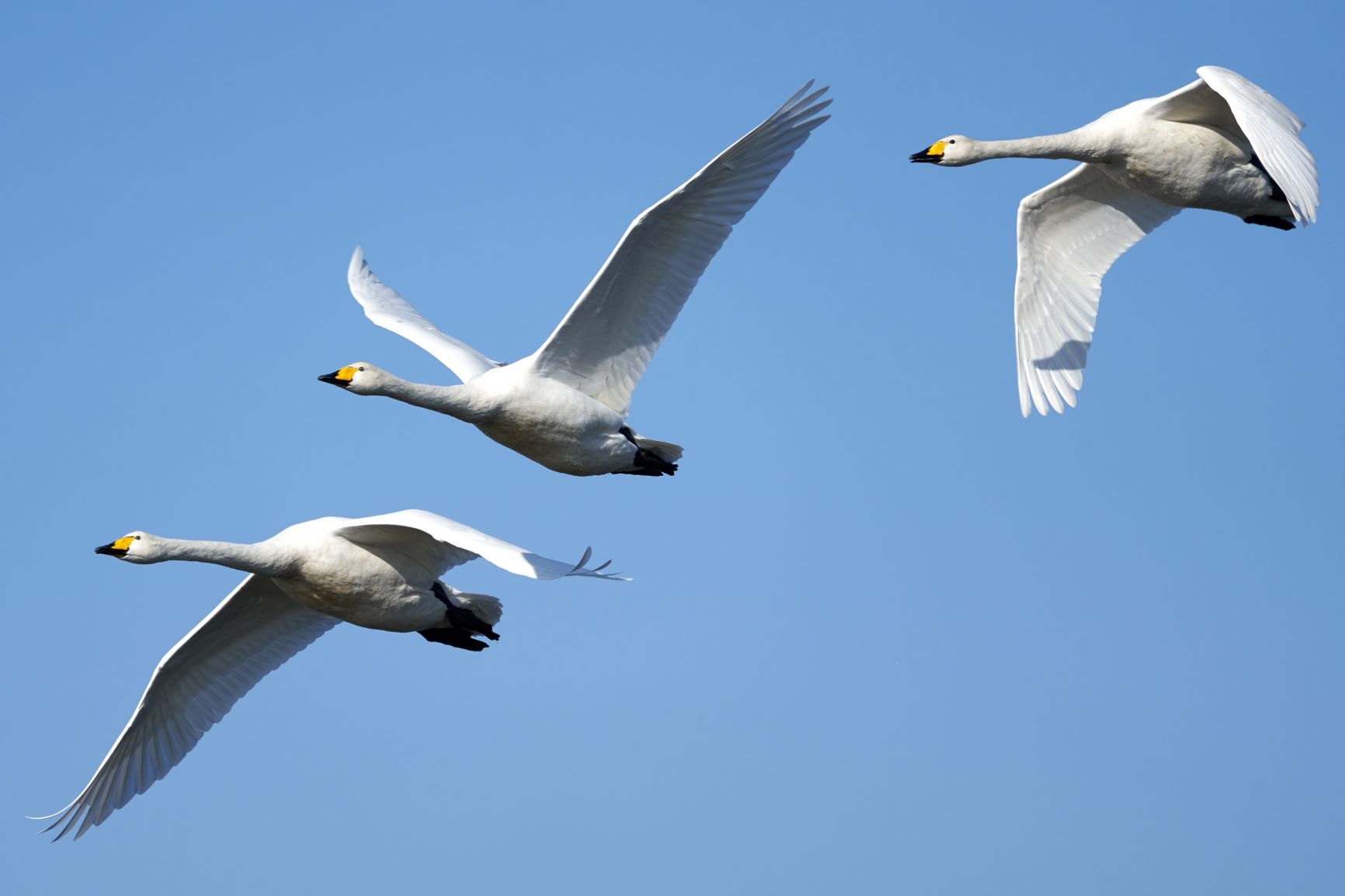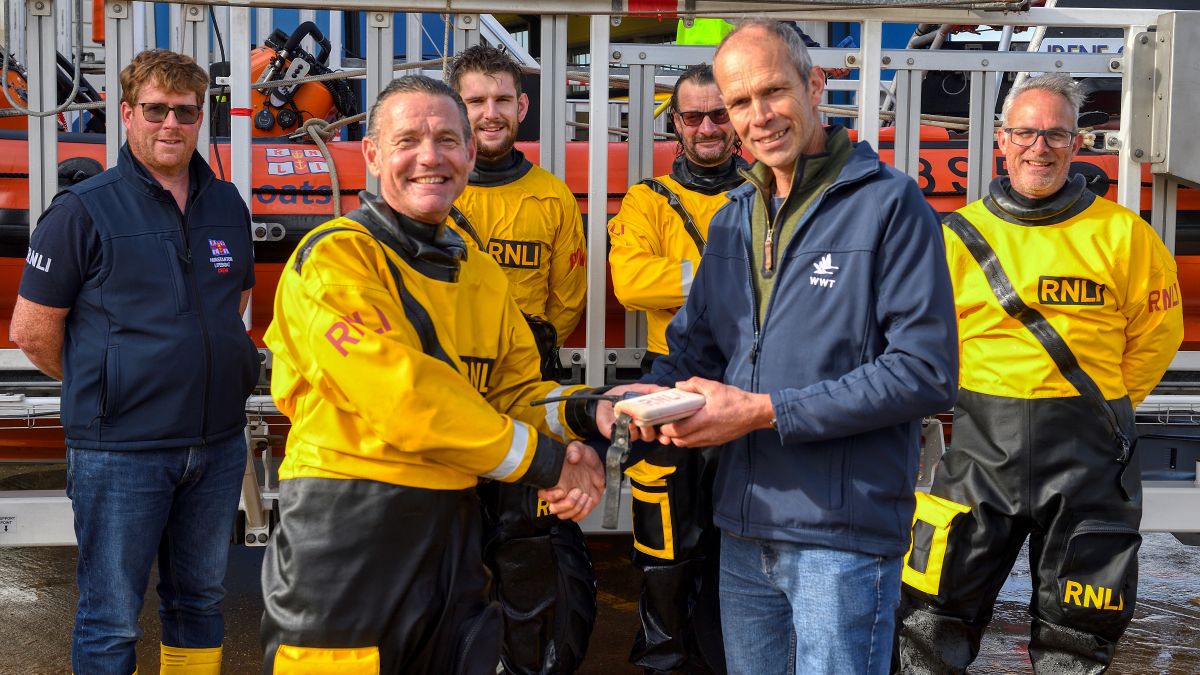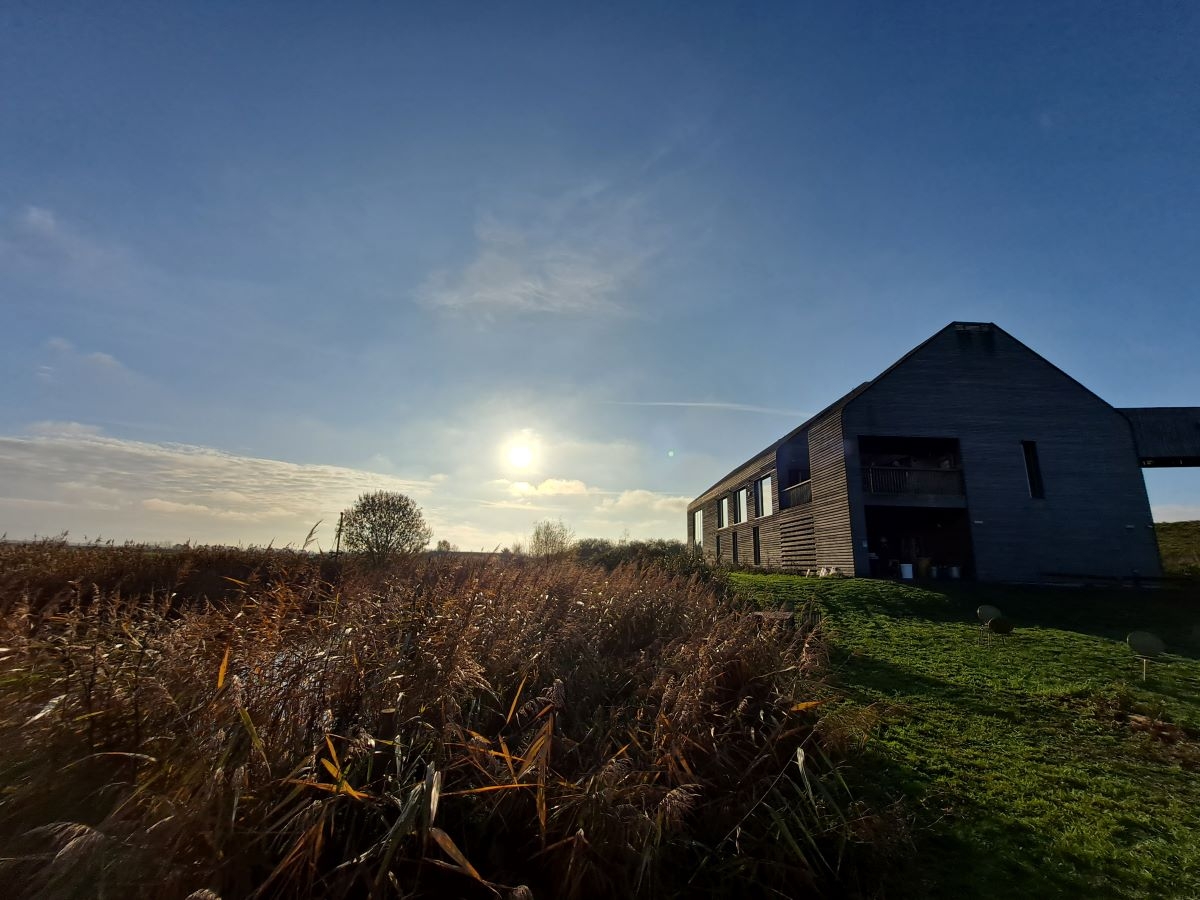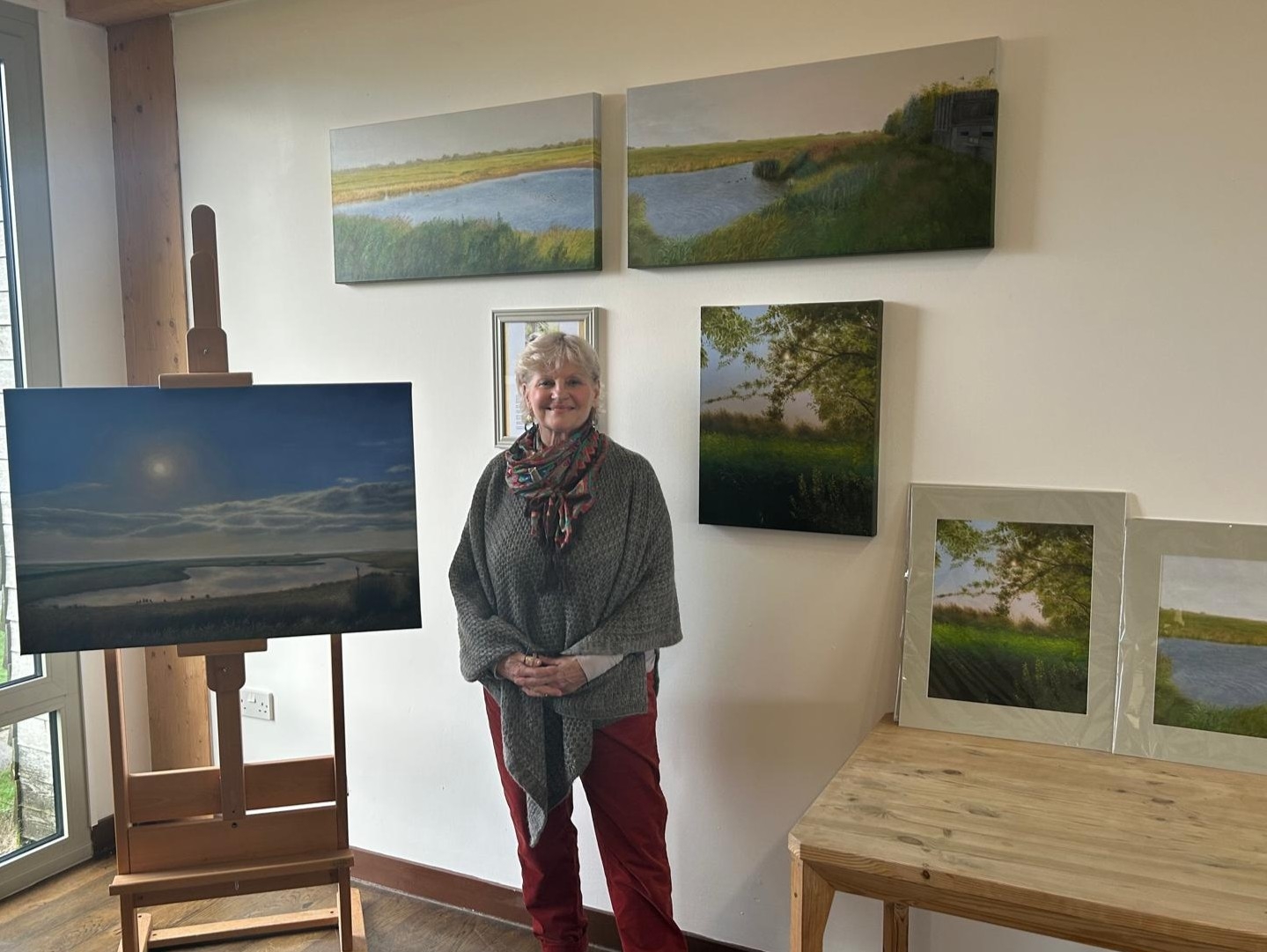Where to see wildlife
Some hints and tips to help you make the most of your visit, the wildlife and team are ready to welcome you back!
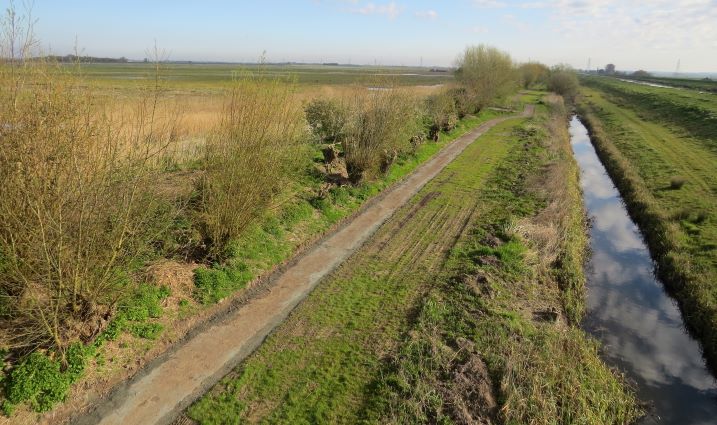
For many of us, spotting wildlife is a key part of a visit to WWT
Welney. Our hides are now open (except Reedbed hide), but there are plenty of places to enjoy our wetlands and wildlife even if you don't want to be indoors. The summer walk is now fully open allowing for access across the width of the reserve to the Rover Delph, and fom Mon 19 July the Lady Fen Hare Walk route.
Below are some hints and tips on how to enjoy the wildlife and landscape of our wetlands, without stepping foot in a hide…
On arrival around the visitor centre
Utilise the hedgerow, trees and flowering plants to listen out for and spot small garden birds and warblers. As you leave the car park and make your way towards the visitor centre, you come to a sculpture and some benches, which we refer to as the doughnut, due to its shape. This is a great spot for insect watching – look out for bees, butterflies, ladybirds and many other species.
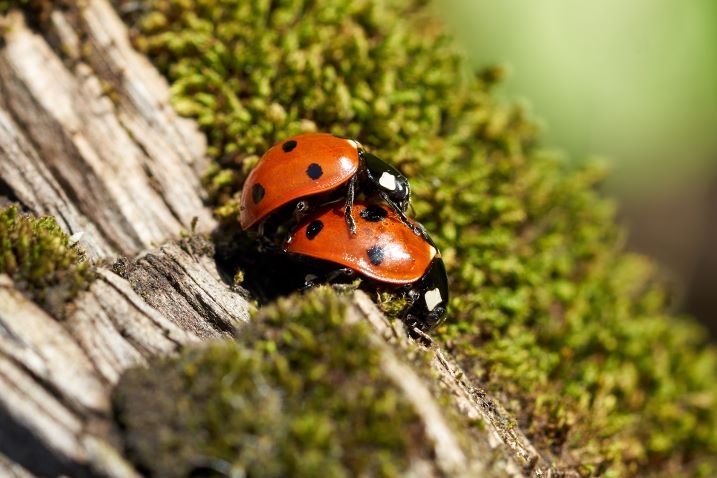
On your way to the centre you cross a bridge over one of our ponds and can see the bird feeders to the right of the centre. Check the ponds for moorhen and sedge warbler and be alert for a possible kingfisher flypast. The bramble bushes and feeders are favourite spots for our resident tree sparrow population – you can compare them to the house sparrows also on site. A short stroll following the footpath around the centre brings you to our ‘green space’ which has a few tables and chairs set out and access to a willow screen overlooking Lady Fen.
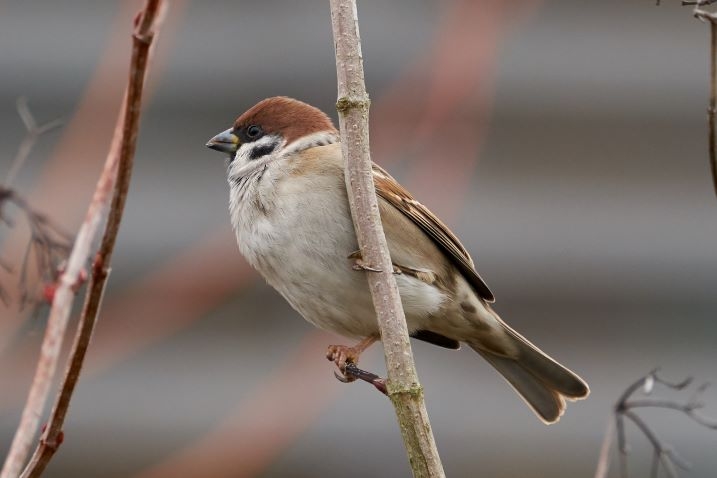
Centre verandas
Once you have entered the centre, been welcomed by our team and paused for a takeaway coffee or tea, use the veranda and top deck of the centre for elevated views of the bird feeding stations and Lady Fen. This higher vantage point can reveal more wading birds at the water’s edge as well as providing views of the pools in the middle distance. Watch lapwing, redshank, oystercatcher, common tern and little egret, scanning the edges of the pool for early migrant waders making their migration south.
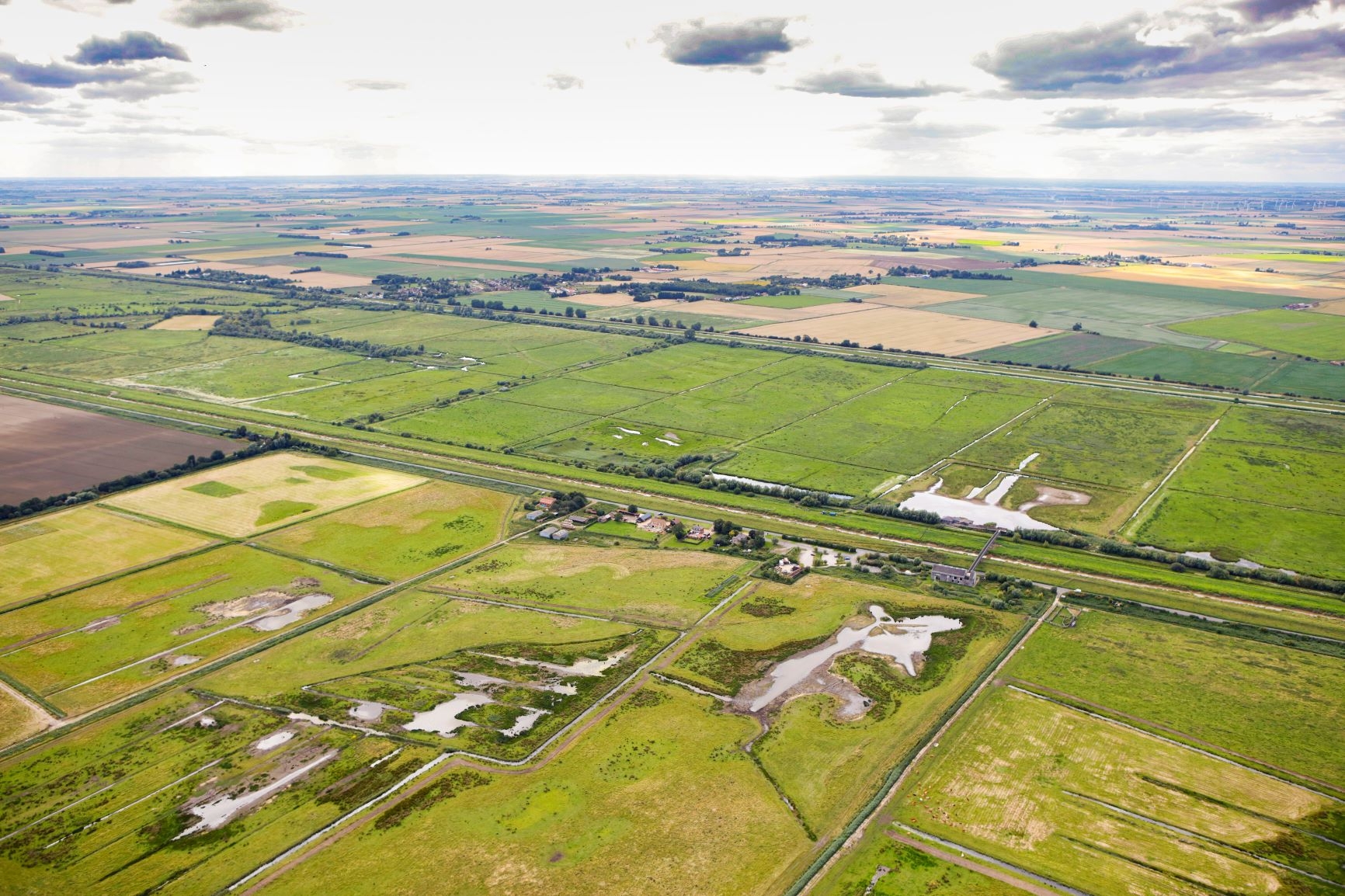
Footbridge and Main lagoon
The footbridge from the centre to the reserve is often used by pied wagtails, sparrows, swallows and martins. Before you get to the main observatory, we have introduced some cut out viewpoints in the wood panelling between the bridge and the hide itself. Or for ground-level views we have a willow screen with viewing cut outs which can be accessed from the footpath beneath the north wing hide.
Footpaths
We have five points along the banks between the hides where you can get access tot he top of the bank to view the reserve. The pond dipping stations are great places to explore what lives beneath the surface, we have two of these, one in either direction from the main hide.
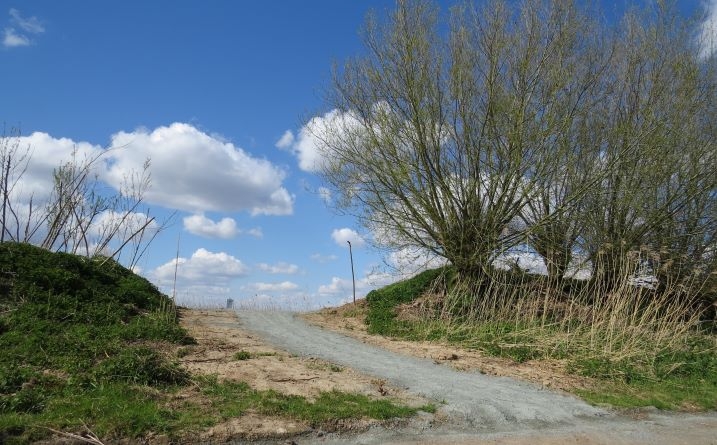
Spot dragonflies and damselflies along the footpaths and search amongst the wildflowers and grasses for butterflies, bees, caterpillars, crickets and more.
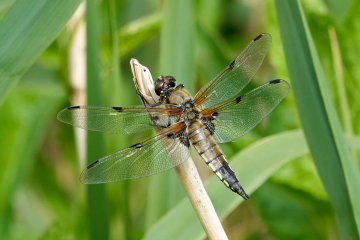
Picnic and seating benches are placed along the length of our footpaths to give you opportunities to sit and take in the surroundings, using your senses to fully apprecaite the reserve.
Dragonfly ponds and summer walk
The dragonfly ponds are a lovely area to sit and enjoy the tranquillity of the reserve. watch out for adult dragonflies and damselflies amongst the reeds. The summer walk is now fully open, enjoy swathes of wildlflowers, insects, juvenile cuckoos making ready to migrate and maybe even hear the call of the corncrake as you make your way across to the River Delph. Return along the same route as you go out, to get back to the visitor centre.
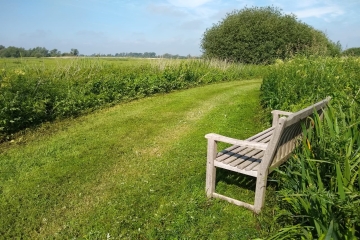
From Monday 19 July we will reopen our Lady Fen Hare Walk route, which proved hugely popular last winter. This opportunity to explore the wetlands not normally open for access is possible now that breeding season has finshed for many of our birds, particularly waders. The 3.6km or 4.6km loops around Lady Fen, give a chance to get closer to some of our herds of cattle, hares and overlook the pools for passage migrants.
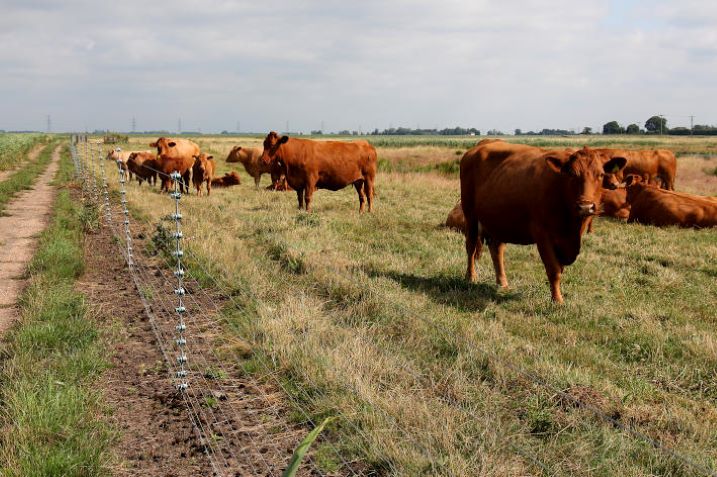
There are so many amazing wildlife moments to be had during the summer months and we’re sure you’ll discover even more than we can mention here. So as we carefully reopen our site, why not book your tickets and make the most of nature on your doorstep!
Book your visit